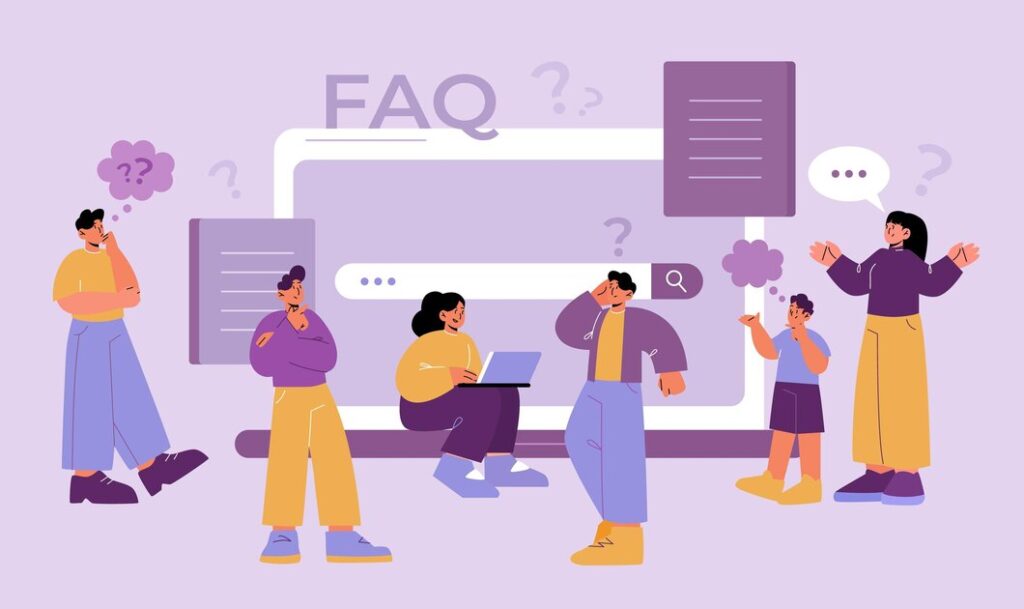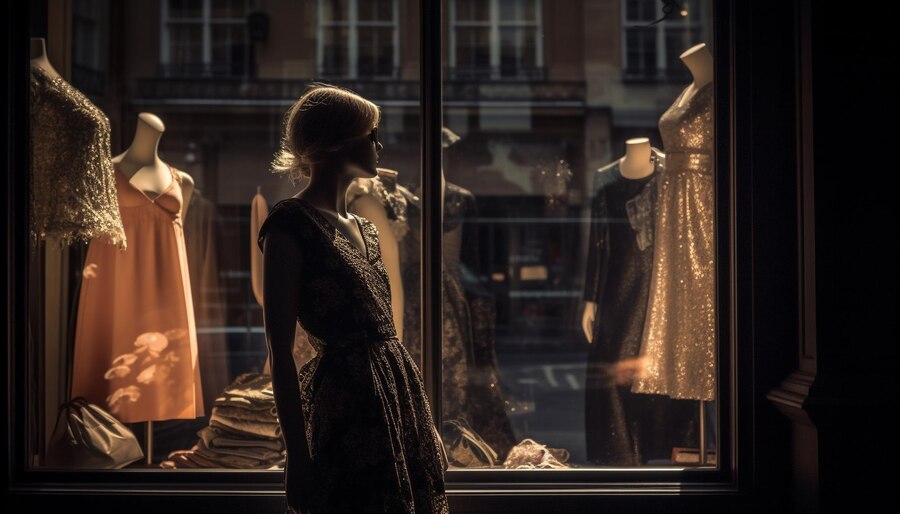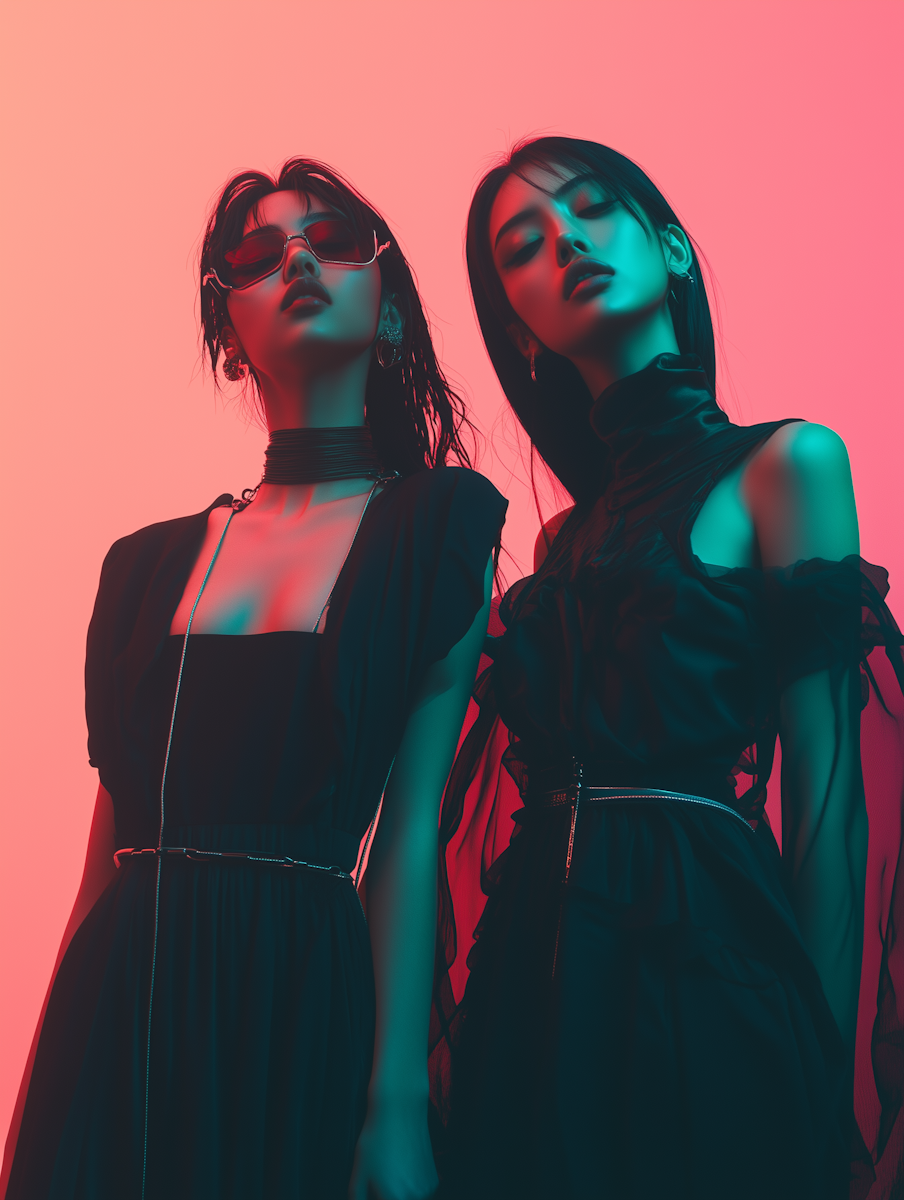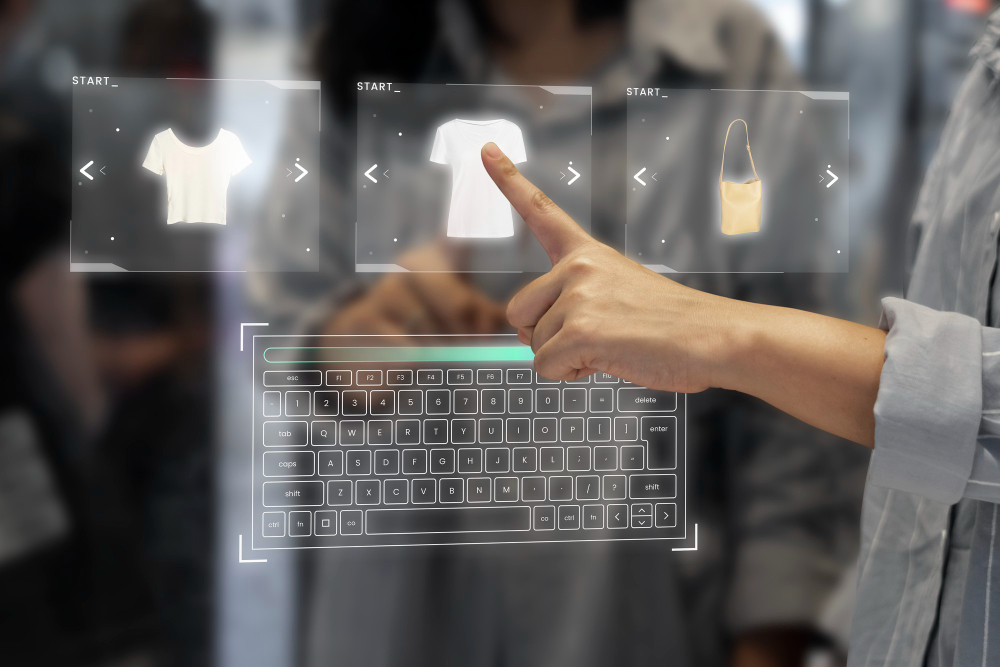Table of contents
The fashion industry is a powerhouse of creativity, innovation, and commerce. While the dazzling runway shows and iconic brand names steal the spotlight, it’s the Business of Fashion that forms the backbone of this global industry. From initial design concepts to the final retail experience, every step is a strategic process involving trend forecasting, marketing, logistics, and customer engagement.
In this blog post, we’ll break down how the fashion industry operates behind the scenes—exploring the essential phases from design to retail and how professionals navigate the evolving landscape of fashion commerce.
What is the Business of Fashion?
The Business of Fashion refers to the entire lifecycle of a fashion product—how it’s created, marketed, distributed, and sold to consumers. It’s an intersection of creativity and commerce that covers:
- Fashion design and product development
- Branding and marketing strategies
- Supply chain management
- Retailing (both online and in-store)
- Consumer behavior and analytics
As fashion trends evolve faster than ever, staying competitive means blending artistry with smart business acumen.
The Fashion Lifecycle: From Sketch to Storefront
1. Design and Concept Development
Every fashion piece starts with an idea. Designers gather inspiration from culture, history, art, and street style to shape their collections. Mood boards, fabric swatches, and color palettes come together in the initial phase.
Brands also use trend forecasting tools to predict upcoming styles and preferences, ensuring their collections align with what consumers will want.
2. Product Development and Sourcing
Once designs are finalized, fashion houses move into product development. This involves:
- Creating prototypes and samples
- Choosing fabrics and trims
- Testing fit and function
- Finalizing production specs
The sourcing of materials is also key—choosing suppliers that are cost-effective, ethical, and reliable. Sustainability is increasingly important, with brands now opting for eco-friendly fabrics and responsible sourcing practices.
3. Manufacturing and Production
Manufacturing can be done in-house or outsourced to factories globally. Timing and quality control are critical during this stage. Fast fashion brands prioritize speed and quantity, while luxury labels focus on craftsmanship and exclusivity.
Production also involves considerations like:
- Minimum order quantities (MOQs)
- Lead times
- Compliance with labor laws and standards
4. Marketing and Branding
No matter how great a product is, it needs to be seen. The Business of Fashion heavily relies on strategic branding and storytelling. Marketing channels include:
- Social media campaigns
- Influencer collaborations
- Email marketing
- Fashion weeks and launch events
Brands aim to create a lifestyle around their identity, turning customers into loyal advocates.
5. Distribution and Retail
Fashion brands use a mix of retail models:
- Brick-and-mortar stores
- E-commerce platforms
- Pop-up shops
- Wholesale partnerships
Online retail continues to dominate, especially post-pandemic. Brands also leverage tools like omnichannel marketing, AR fitting rooms, and mobile apps to elevate the shopping experience.
The Future of the Fashion Business
With the rise of sustainability, digital transformation, and consumer-driven trends, the fashion business is more dynamic than ever. Brands must:
- Innovate with digital fashion and NFTs
- Prioritize transparency and ethical practices
- Use data analytics to personalize shopping experiences
The fusion of creativity, technology, and strategy defines the new era of fashion entrepreneurship.
5 Frequently Asked Questions (FAQs)

Strong design sense, business acumen, marketing knowledge, and a deep understanding of consumer behavior are essential.
They use trend forecasting services, monitor influencers and pop culture, and analyze data from previous seasons.
Fast fashion focuses on speed and affordability; luxury fashion emphasizes exclusivity, quality, and craftsmanship.
Yes, when managed well. Profitability depends on product-market fit, efficient operations, and strong branding.
It’s becoming a key factor. Consumers are demanding eco-conscious products and brands are adapting to meet ethical and environmental standards.
Final Thoughts
The Business of Fashion is a thrilling blend of creativity and commerce. From the spark of inspiration on a sketchpad to the final click of an online purchase, every element must be thoughtfully executed. In an ever-changing market, the brands that thrive are those who innovate, understand their audience, and deliver both style and substance.
Whether you’re an aspiring fashion entrepreneur, designer, or curious consumer, understanding the machinery behind fashion helps you appreciate the full journey of what we wear every day.





